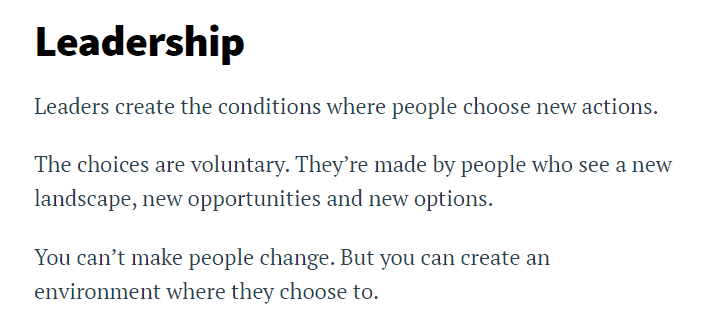The argument for longform content has been around long enough, most content marketers don’t question it.
The assumption is LONG = GREAT.
But is it?
If 2,000-word content delivers the results you need — and that’s always going to be a personal decision — then yes, it is great. But if you can get the results you want with shorter, pithier content, that’s great too, wouldn’t you say?
Here’s what you need to know about content length — both longform and shortform.
First, What Is Long Content?
In most cases, when we talk about longform content, we’re talking about 2,000 words or longer. It’s not unusual to see 3,000-word articles or even 10,000-word guides on a business blog.
That said, in some industries and for many blogs, 1,000 words is considered long.
What’s considered “long” or “short” in your industry largely depends on what the top brands are publishing.
For instance, in a B2C industry, shorter blog posts that quickly answer customers’ questions may be the norm. In that case, 750 words could be considered long.
But in a B2B industry, where brands consistently publish 3,000-word articles, 1,000 words could be considered short.
The best way to determine what “long content” is in your space is to look at the results from a Google search for your primary keywords. If the top-ranking posts are all 500 to 1,000 words long, then 1,000-word articles are considered long.
Why Long Content Is Important
Most businesses adopt content marketing to achieve some (or all) of these outcomes:
- Page 1 rankings in Google, which give them more organic search traffic
- Viral potential and social shares, which boost brand awareness and trust
- Higher conversion rates in their funnels and on their sales pages
- A stronger brand, which can improve marketing outcomes in every channel
The first is all about SEO, and to achieve that goal, longform content is the clear winner. Research by Backlinko has found that the average first-page result contains 1,890 words.
The second outcome, social shares, is also easier to achieve with longer content. According to Moz, content over 1,000 words consistently gets more shares and links than shorter content.
Funnels are the third outcome. And while funnels rely heavily on high-quality content, length is less of an issue here. In many cases, a one-page checklist performs just as well as an ebook when you’re generating leads.
But the fourth outcome, branding, you’ll do well to leverage longform content. Several years ago, Neil Patel produced a longform content series — all but inventing today’s “advanced guide” as a format — which made him one of the most-recognized names in marketing.
Clearly, there’s merit to creating longform content on a regular basis. But is it the end-all in content marketing?
No. And here’s why…
Content Length & Engagement
When content marketing was relatively new, length wasn’t as big of a factor. If you were online, creating content, you could easily get eyeballs on your content.
The biggest question was, “What length of content engages best?”
The answer today is the same as it was then. Basically, it doesn’t matter. Then and now, you can engage your audience with any length of content.
If you cover your topic well, say something worth reading, and say it in a fun, engaging way, a short piece of content can potentially engage better than a longer piece.
Shortform Content Will Always Be Engaging
Seth Godin is a good example of someone’s who stops people in their tracks with short, pithy blog posts.
What others post on Facebook or LinkedIn, Seth posts to his blog.
Short is his trademark, and because he only posts when he has something interesting to say, his audience reads every word.
Here’s one of his posts, all 42 words of it.

The trouble is, while shortform content can engage well, it doesn’t always yield the business results you need (and expect) from your content marketing.
That’s where longform content shines.
Longform Content = Engagement+
Longform content is impressive.
If it’s well-written, it can be incredibly engaging. But because it gives you the space you need to go deep on a topic, it can do more than just engage your audience.
And because not everyone can create longform content well, it can easily out-perform other similar posts:
- Ranking at the top of search engine results pages
- Earning more social shares
- Gaining backlinks
- Whatever you need
The key, of course, is quality. An article that boasts 2,500 words but doesn’t say anything of value is little more than fluff.
To drive business results, your content needs to answer questions, provide solutions, and inform your readers. And longform content can do all three.
Now, let’s look at some research on longform content.
Content Length, SEO & Conversions

The Bottom Line
As you can see, you can write short, long, or anything in between and still connect with your readers.
I don’t believe every piece of content needs to be 2,000+ words. From my experience, in many industries, 750–1250 words is adequate to achieve your goals.
But I’m still a big believer in longform content. If you want to stand out and get attention, it needs to be an important part of your overall content strategy.
Do you produce longform content? How did it perform for you? Do you believe long content performs better for business results today?


